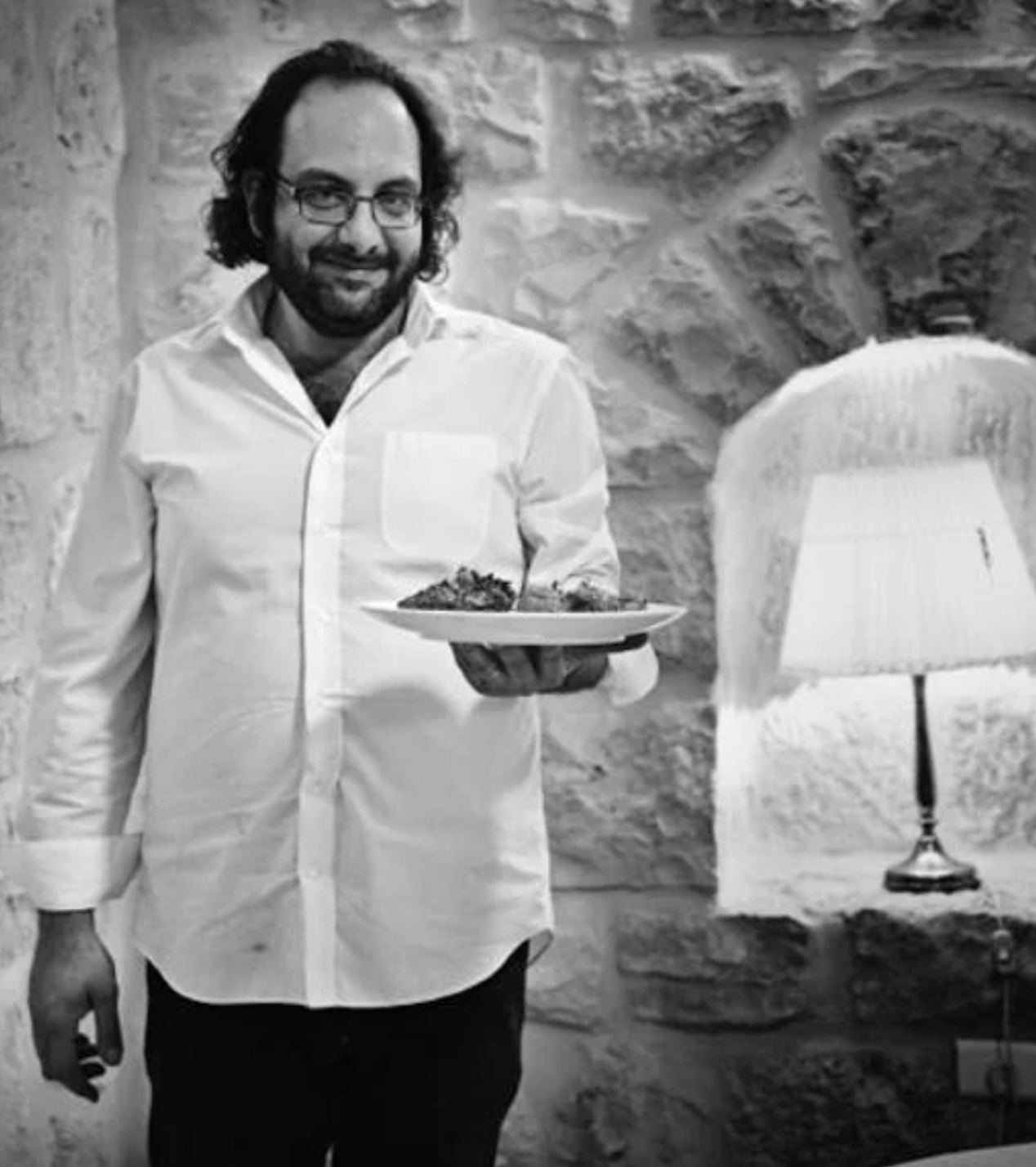Episode 3 -
How Cactus is Used for Fashion, Fuel, and Food
Cactus isn't just a pretty backdrop in Western movies. It can be used for food, fashion, and biofuel. In fact, some varieties of cacti use 80% less water than traditional crops.
In this episode of Climate Cuisine, Clarissa chats with:
Fadi Kattan, a Franco-Palestinian chef who is a proponent for Palestinian cuisine
Alan Bergo, a chef and forager who has written a book series on wild plants
John Cushman, a biochemistry professor who wrote about how prickly pear cactus can be used for sustainable fuel and food
Adrián López Velarde, the founder of Mexican biomaterial company Desserto
Here are some highlights:
Prickly Pear in Palestine
Fadi gives multiple reasons why the resilient nature of cactus, particularly the prickly pear, is symbolic to Palestinians.
Then he discloses why he believes prickly pear should be foraged—not farmed.
A professional chef, Fadi shares how he uses prickly pear in his cooking, such as in a salty-sweet salad that he calls “Taste of Palestinian Summer.”
And the question on everyone’s mind: how do you get rid of the thorns of a cactus?
A Cactus that Looks Like a Pineapple
Alan tells Clarissa about one of his favorite plants to forage in the Arizona desert: the barrel cactus. Bright yellow in color, this pineapple-shaped cactus tastes sour and tart.
He gives credit to curandera and author Felicia Cocotzin Ruiz for introducing him to saguaro seeds, which can be made into flatbread or sprinkled into other dishes. The fruit of the cactus can be simmered in soups or turned into jam.
Multi-Purpose Potential
Key findings from John’s study support the cactus plant’s immense potential to be a source of sustainable fuel and feed in a world increasingly impacted by climate change.
John recounts some of the most surprising results from his work, including the sheer productivity of cactus relative to the low amount of water it required.
Clarissa asks John if cactus has the potential to become a staple like soybeans and corn. The answer? Yes, particularly as a source for biofuel.
The Barriers to Cultivating Cacti
John names the Opuntia stunting disease, or macho in Spanish, as one of the biggest production barriers associated with cactus cultivation.
Turning Cacti Into Vegan Leather
Before he dives into how he started his biomaterial company, Adrian gives a history lesson on how cactus spread from the Americas to the rest of the world.
He explains why he chose cactus as his medium of choice. Not only can it restore soil properties, but it can also act as a water reserve.
But given that any plant can be grown unsustainably or sustainably, Adrian lists the steps he takes to ensure he is farming his cactus in a manner that does not harm the environment.
Taste of Palestinian Summer
By: Fadi Kattan
INGREDIENTS
1 prickly pear fruit
1 fig, quartered
Baqleh (purslane)
Toasted almonds, sliced
Sumac, to taste
Laban jameed, grated
For the dressing:
Lemon juice
Extra virgin olive oil
DIRECTIONS
To prep the prickly pear: Wearing a clean gardening glove on one hand, hold the prickly pear fruit in that hand and use a very sharp knife in the other hand to cut the head off. Slit across the fruit vertically to remove the skin, including the thorns. If the fruit is perfectly ripe, the skin should peel off easily. Quarter the peeled fruit.
Plate the quartered fig and quartered prickly pear fruit in an alternating circle around the base of the serving plate.
Pile the baqleh, or purslane, in the center of the plate.
Top with sliced toasted almonds, grated laban jameed, and sumac.
To make the dressing: Mix lemon juice and extra virgin olive oil in a 1-to-3 ratio. Drizzle the lemon juice and olive oil dressing over the dish before serving.
Guests
-

John Cushman
John Cushman is a professor and the Director of the Biochemistry (BCH) Graduate Program at the University of Nevada, Reno.
-

Adrián López Velarde
With the purpose of creating an alternative to animal leather, Adrián López Velarde and Marte Cázarez, both hailing from Mexico, developed a vegan alternative to leather made with nopal (a cactus), which they successfully showcased last October 2019 in Milan, Italy.
Adrian and Marte had the idea after working in the furniture, automotive and fashion industries where they identified that the problem of environmental pollution was very serious. As a result, they were genuinely interested in reducing environmental impact, so they decided to leave their jobs and start Adriano Di Marti, a company to focus on developing Desserto®, which nowadays is known as cactus or nopal vegan leather.
-

Fadi Kattan
For Qattan, cooking with cactus fruit isn’t just about eating local—it’s also political. Qattan lives in the Israeli-occupied West Bank, where Palestinians like him need an Israeli-issued permit to travel to Jaffa, a historically Arab city located at least one checkpoint and fewer than 50 miles away in Israel. For him, this cactus fruit dish is a symbol of Palestinian dispossession.

